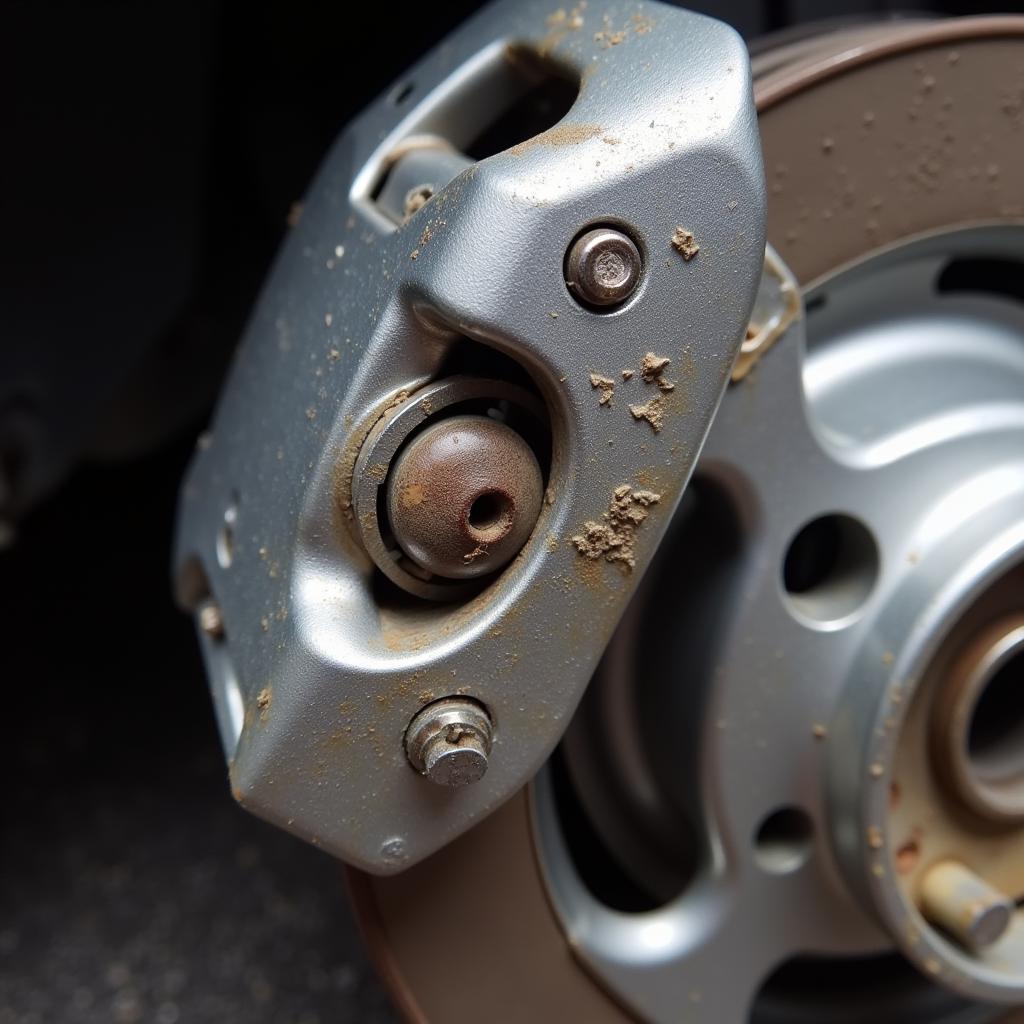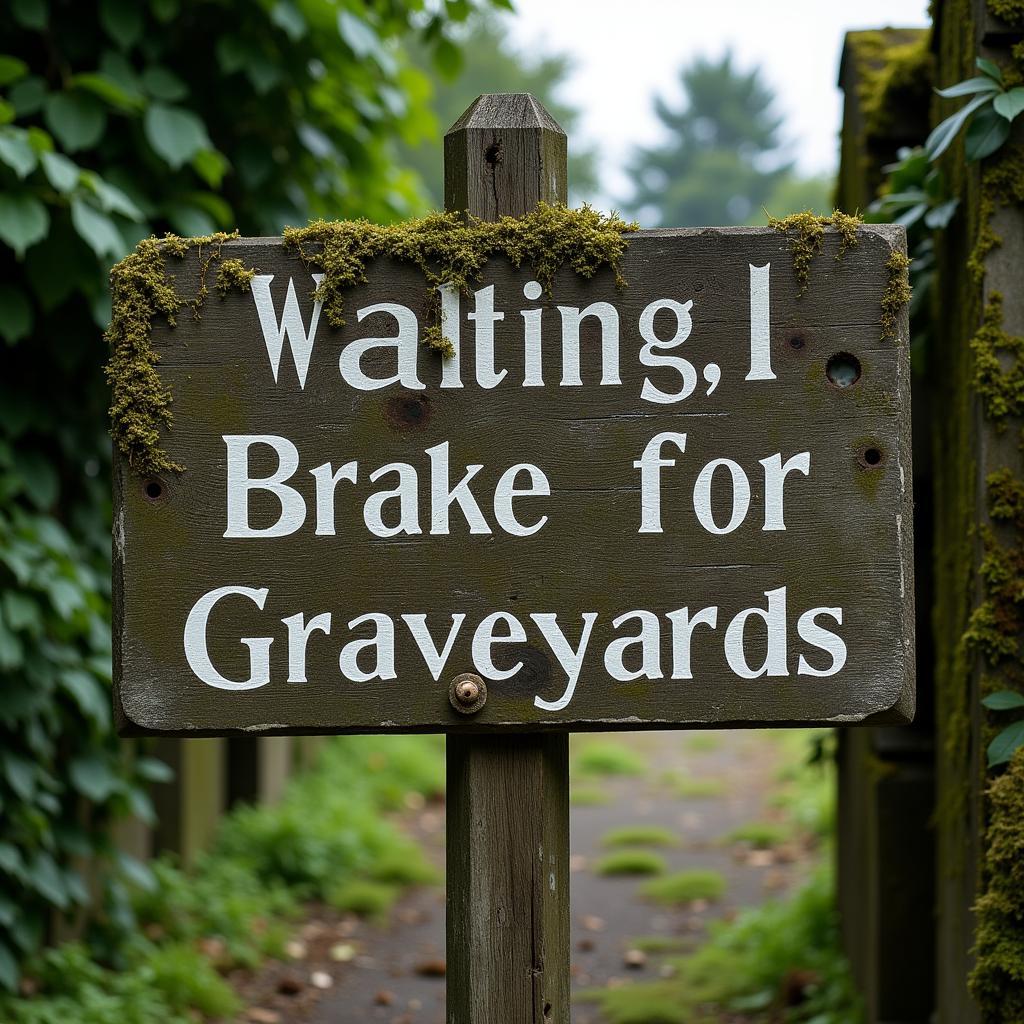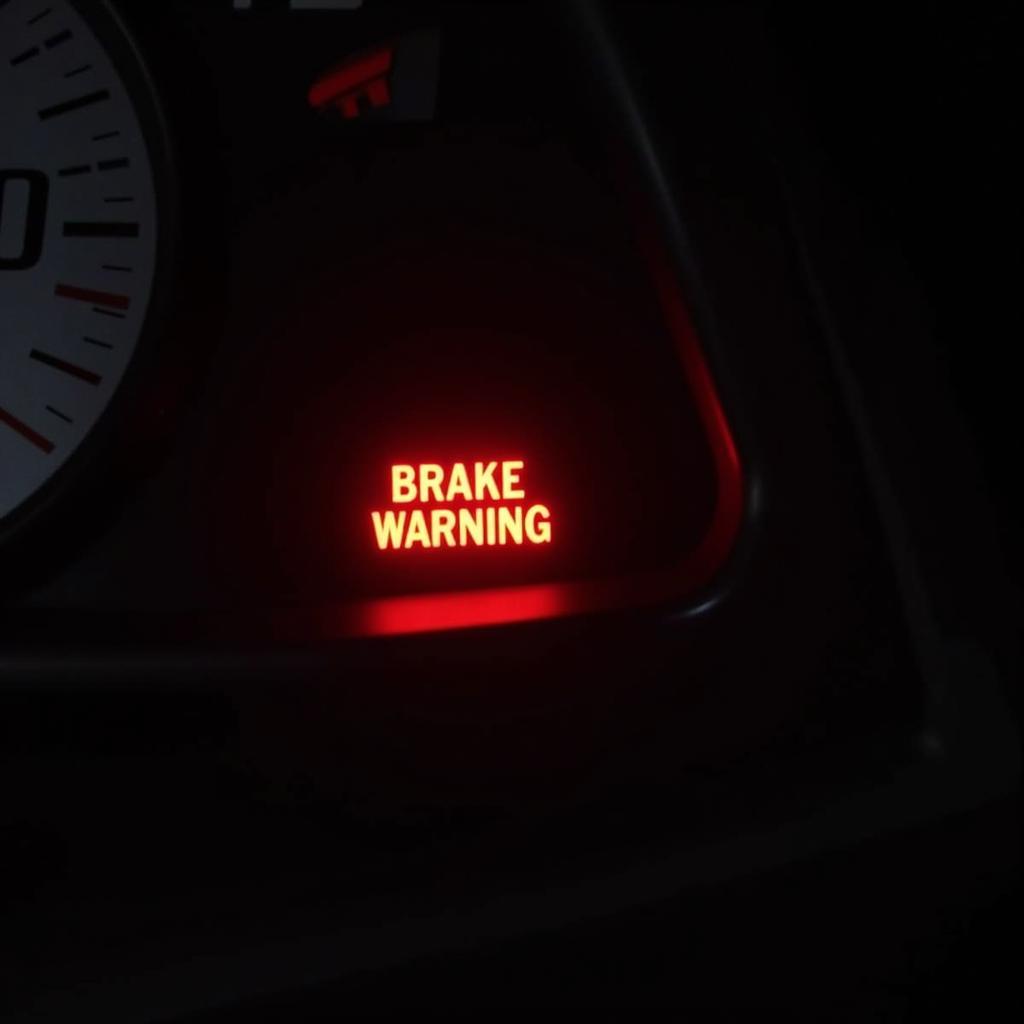The Porsche 996, a true modern classic, continues to turn heads with its timeless design and exhilarating performance. However, even these automotive marvels require regular maintenance, and one of the most common issues owners encounter is the dreaded brake pad warning light. This article will serve as your comprehensive guide to understanding and resolving the Porsche 996 brake pad warning light, ensuring your safety and preserving the legendary performance of your vehicle.
Understanding Your Porsche’s Braking System
Before delving into the specifics of the brake pad warning light, it’s crucial to have a basic understanding of how your Porsche 996’s braking system operates. The system is comprised of several key components working in harmony to bring your vehicle to a safe stop:
- Brake Pads: These are the unsung heroes of your braking system, made of a friction material that clamps down on the brake rotors to create the stopping force.
- Brake Rotors: Large metal discs attached to the wheel hub. The friction generated between the brake pads and rotors slows down the wheel’s rotation.
- Brake Calipers: These hydraulic components house the brake pads and exert the necessary pressure to clamp them against the rotors when you apply the brakes.
- Brake Fluid: A hydraulic fluid that transmits the force from your foot on the brake pedal to the calipers, activating the braking system.
- Brake Pad Wear Sensor: This sensor, often embedded within the brake pad itself, monitors the pad’s thickness and triggers the warning light on your dashboard when it’s time for a replacement.
Why is My Porsche 996 Brake Pad Warning Light On?
The illumination of the brake pad warning light on your Porsche 996’s dashboard typically indicates one primary issue:
- Worn Brake Pads: As you drive, your brake pads gradually wear down due to the friction generated during braking. Once the pad material reaches a certain minimum thickness, the brake pad wear sensor triggers the warning light.
While worn brake pads are the most common culprit, there are other less frequent reasons why the warning light might be illuminated:
- Faulty Brake Pad Wear Sensor: Like any electrical component, the wear sensor itself can malfunction. A short circuit, broken wire, or general sensor failure can trigger a false warning.
- Low Brake Fluid Level: Brake fluid plays a crucial role in transmitting hydraulic pressure throughout the system. If the fluid level is low, it can sometimes trigger the brake pad warning light in addition to the dedicated brake fluid level warning light.
- Issues with the Braking System Wiring: Damaged or corroded wires within the braking system can disrupt communication between components, potentially causing the warning light to illuminate erratically.
 Close-up of a Worn Porsche 996 Brake Pad Wear Sensor
Close-up of a Worn Porsche 996 Brake Pad Wear Sensor
What Should I Do When the Brake Pad Warning Light Comes On?
If the brake pad warning light illuminates on your Porsche 996’s dashboard, it’s crucial to take immediate action:
- Don’t Panic: While the warning light indicates a potential issue with your braking system, it doesn’t necessarily mean you’re in imminent danger. Remain calm and prioritize safety.
- Assess Your Braking Performance: Carefully pay attention to how your car brakes. Do you notice any unusual noises, vibrations, or a decrease in braking effectiveness? If so, exercise extra caution and consider having your car towed to a qualified mechanic.
- Check Your Brake Fluid Level: With the engine off and the car parked on a level surface, locate the brake fluid reservoir under the hood. The reservoir is typically translucent, allowing you to visually inspect the fluid level. If the level is low, add the appropriate DOT 4 brake fluid, being careful not to overfill.
- Schedule an Inspection: Even if your braking performance seems normal and you’ve topped up the brake fluid, it’s still crucial to schedule an inspection with a qualified mechanic specializing in Porsche vehicles. They can accurately diagnose the cause of the warning light and recommend the necessary repairs.
The Importance of Timely Brake Pad Replacement
Driving with worn brake pads can have serious consequences:
- Reduced Braking Performance: As brake pads wear down, their ability to generate friction diminishes, leading to increased stopping distances and a higher risk of accidents.
- Damage to Brake Rotors: Driving with severely worn brake pads can cause metal-on-metal contact with the rotors, leading to deep grooves and costly rotor replacements.
- Compromised Safety: Your braking system is your car’s most crucial safety feature. Neglecting brake pad replacements puts you, your passengers, and other road users at risk.
Expert Insight
“Many Porsche 996 owners underestimate the importance of timely brake pad replacements,” says Mark Williams, a master technician with over 20 years of experience specializing in Porsche vehicles. “These high-performance machines demand a lot from their braking systems, and regular maintenance is key to ensuring optimal performance and safety.”
How Often Should I Replace My Porsche 996 Brake Pads?
The lifespan of brake pads varies significantly depending on driving style, environmental conditions, and the quality of the pads themselves.
However, as a general rule of thumb:
- Front Brake Pads: Typically last between 30,000 to 50,000 miles due to handling a higher percentage of the braking force.
- Rear Brake Pads: Often last longer than front pads, ranging from 40,000 to 70,000 miles.
It’s important to note that these are just estimates. The best way to determine if your Porsche 996 needs new brake pads is through regular inspections by a qualified mechanic.
Conclusion
The brake pad warning light on your Porsche 996 serves as a vital reminder that regular maintenance is essential for preserving the safety and performance of your prized possession. By understanding the potential causes of the warning light and taking prompt action, you can ensure a smooth and enjoyable driving experience for miles to come. Remember, timely brake pad replacements are an investment in your safety and the longevity of your Porsche 996.


